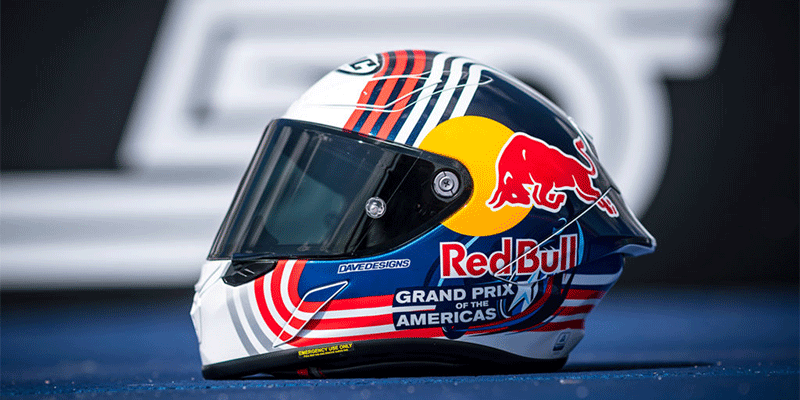- February 28, 2022
- Posted by: Polbin
- Category: Motorcycles

There are many reasons to replace your motorcycle helmet. A new helmet can provide better protection in an accident and can also be more comfortable and stylish than an older model.
If you have a newer helmet, it is likely that it meets or exceeds all safety standards set by the Department of Transportation (DOT). However, if you are using an older helmet, it may not meet these safety standards. Helmets that are ten years or older may not offer adequate protection in the event of an accident.
A new motorcycle helmet can also help to improve your visibility on the road. Older models may have been designed with different colors and graphics, making you less visible to other drivers.
How do I know if my motorcycle helmet is damaged?
Losing your helmet in a crash can be incredibly dangerous. Statistics show that not wearing a helmet can increase your chances of death or severe injury in the event of an accident. That’s why it’s important to replace your motorcycle helmet regularly, even if you haven’t had any crashes. Here are a few reasons to replace your motorcycle helmet:
- The materials degrade over time and lose their protective properties.
- The fit changes over time and may no longer provide adequate protection.
- Helmets undergo a lot of wear and tear and can deteriorate faster than you might expect.
- Technology improves over time, so it’s important to ensure that your helmet is up-to-date.
- Damage from Repeated Impacts: A good quality motorcycle helmet will protect your head from impact in the event of a crash. However, it can only do this for so long before the foam inside starts to break down and loses its protective qualities.
- UV Rays: The sun’s ultraviolet rays can damage the shell and foam of a motorcycle helmet over time.
- Cracks in the shell or liner. If your helmet has cracks in the shell or liner, it’s no longer safe to use. Helmet shells are designed to shatter on impact, absorbing the energy from the crash and protecting your head and brain. If your shell is cracked, that energy will instead be transferred directly to your head and brain.

The lifespan of a helmet: how long will it last?
What is the life span of the helmet? A helmet that is only worn a few times a year will last longer than one used daily. Therefore, a helmet should be replaced every five years, at the very least, to ensure the cyclist’s safety. Consult with your local bike shop to find out when your helmet was made and when it should be replaced. Always use a new helmet when participating in races or group rides. Helmets are an important safety gear and should not be taken lightly. Make sure you are taking care of your helmet so that you can enjoy cycling for many years to come!
Many different factors can influence the life span. Most importantly, what is your purpose, and how often do you use it? For example, suppose you’re just riding around town at low speeds or plan on only using this for short trips. In that case, it may be okay to buy an inexpensive helmet with a shorter lifespan than one tested for multiple impacts over longer distances.
If you want something more durable (and expensive), the best thing would probably be investing in a full-face model since these typically last longer than half helmets because they cover all areas below your chin area where most crashes occur during accidents involving motorcycles. A good rule of thumb when determining if yours needs replacement: if there are any cracks or dents visible to the naked eye, then it might be time for a new one!
The best way to know when your helmet should be replaced is by looking at how long you’ve had it and if there are any signs of wear on its exterior shell. If so, then that means either exposure or damage has occurred, leading to decreased protection in an accident; this would mean getting another lid ASAP!

